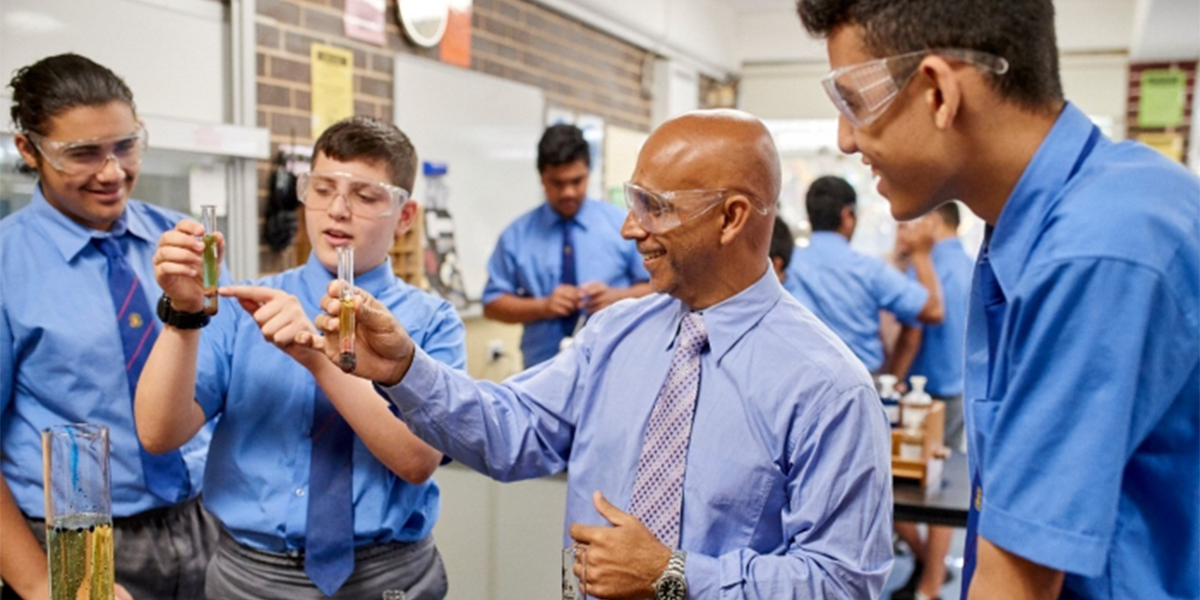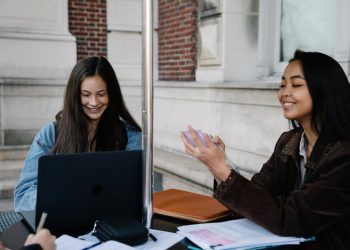Why am I learning this?
When will I ever use this in real life?
Why do I bother?
If you didn’t say that out loud when you were at school, you probably thought it.
That’s the very reasoning behind the new draft science syllabus being introduced by the New South Wales Department of Education, which is currently undertaking what they call ‘the most comprehensive curriculum reform in a generation’.
According to Minister for Education and Early Learning Sarah Mitchell, the syllabus changes have been designed to be more useful in real life, while better preparing young people for further study and career pathways in STEM – which happens to be one of Australia’s most in-demand industries.
“We know that it is vital that students can apply their knowledge in the day-to-day,” said Mitchell.
“Through these syllabuses, students will benefit from more tangible learning experiences that give them the chance to study real-world challenges, setting them up as the next generation of world leaders in STEM.”
Science teachers like Dean Roebuck, a head science teacher at Holsworthy High School who consulted on the changes, have complained about a lack of maths in the earlier years of science classes
“Using formulas to solve problems and balancing equations are sprinkled all the way through the new syllabus,” Roebuck told the Sydney Morning Herald.
“Previously it was just an extension of the syllabus, and under the changes it’s mandated so that all students now have had that exposure.
“I’ve been a teacher for a long time and seen the science syllabus go from being mathematically rigorous, to less so. These changes will help ease them into senior years a bit better.”
So what’s changing?
The draft science syllabus for years 7 to 10 includes new, contemporary topics around data science and investigating scientific evidence.
“These topics should make students more critical about data and statistics they see. It’s a growing problem … people can just take numbers as fact because they’re numbers, but they often don’t understand what they mean,” Roebuck said.
“Students will need to put a more critical lens on data which should help them pick out things that are a bit bogus in the way it is presented.”
It also focuses more on climate change, environmental sustainability, renewable and non-renewable energy and how humans impact on the environment.
Other key changes include:
- More explicit focus on applying knowledge and skills, with students applying classroom learning to real-world challenges and opportunities.
- A greater focus on essential knowledge and skills removing ambiguity and better supporting teacher planning. Increased connections between science and mathematics to support learning across the curriculum.
- Greater links to Aboriginal and Torres Strait Islander historical and contemporary uses of science and technologies.
- Greater focus on developing students’ writing skills for scientific purposes.
- Life Skills components of the syllabus provide greater opportunities for students with intellectual disability to extend their literacy, numeracy and communication skills in authentic learning contexts.
Source: NSW DOE






